7 Essential Factors You Must Consider to Choose the Best Tyres for Your Car
 (Photo Credit: Flickr)
(Photo Credit: Flickr)
Changing car tyres is an essential part of maintenance that every driver has to face. The tyres you choose can determine your whole driving experience—tyres affect how well your car handles, the speed which you can drive at, and the conditions you can drive in.
But most importantly, they affect your car's safety. The best tyre is not a universal one-size-fits-all item—it depends on your personal driving style. Using these seven criteria, you can judge which tyres will be most suitable for your own requirements.
1. Tyre Width
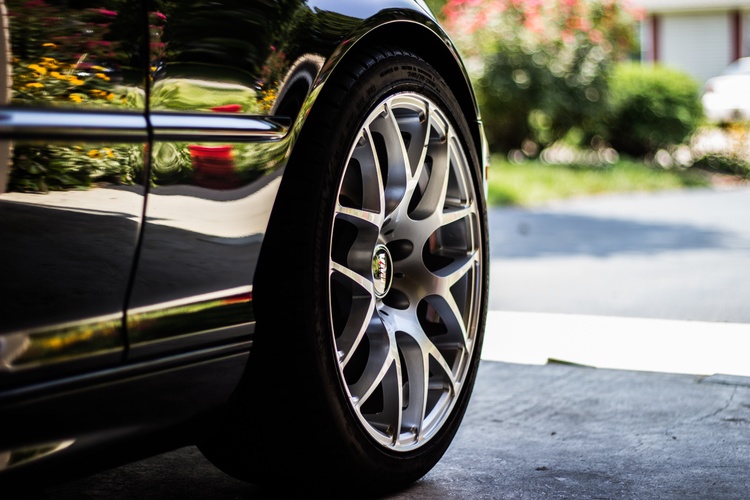 (Photo Credit: Pexels)
(Photo Credit: Pexels)
The width of your tyre is shown in the first three digits of your tire label. For example, A P197/40/R15/V tyre would be 197 millimetres wide. Tyre width is important for grip—a wider tyre has more contact with the road, so it's better on wet roads. A narrower tyre is less useful for providing grip, but the smaller contact area makes less noise while driving. All-weather performance or driving comfort: it's up to you.
2. Tyre Profile
 (Photo Credit: Wikimedia Commons)
(Photo Credit: Wikimedia Commons)
Another factor closely related to tyre width is the tyre profile. This is the thickness of the sidewall, as a percentage of your tyre's width. You can find your tyre profile on the label as well. If your tyre label is P197/40/R15/V, your tyre profile is 40. A high profile (above 50) provides more protection, for a more comfortable drive and longer lasting wheels. A low-profile tyre, on the other hand, is more prone to damage, but the narrower sidewalls are considered better-looking, and provide better steering performance.
3. Tyre Size
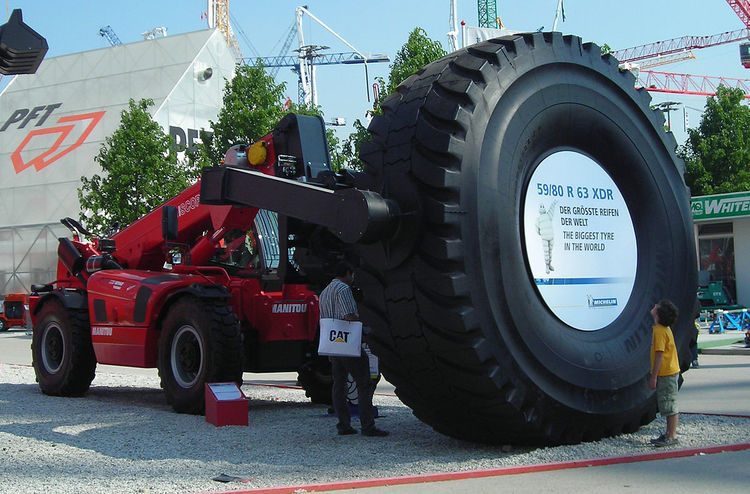
For safety purposes, it's important to get tyres that are the right size for your car. Tyres that do not fit properly can cause additional stress on the heel, or even come off while driving, causing road accidents. The tyre size is represented by the two digits of your tyre label that comes after the letter "R". For example, in P197/40/R15/V, the tyre size is R15.
4. Speed Rating
 (Photo Credit: Pexels)
(Photo Credit: Pexels)
Your speed rating is the last letter on your tyre label, so if your tyre label is P197/40R15/V, then V is your speed rating. This letter will correspond to a certain speed on the speed chart, listed below. In general, a higher speed rating means a better grip and stopping power, but also less durable treads. If you're planning to drive fast, it might be worth it to get tyres that handle a higher speed and change them more often.
Speed chart:
Q - 160 km/h
S - 180 km/h
T - 190 km/h
U - 200 km/h
H - 210 km/h
V - 240 km/h
W - 270 km/h
Y - 300 km/h
(Y) - Above 300 km/h
5. Tread Pattern
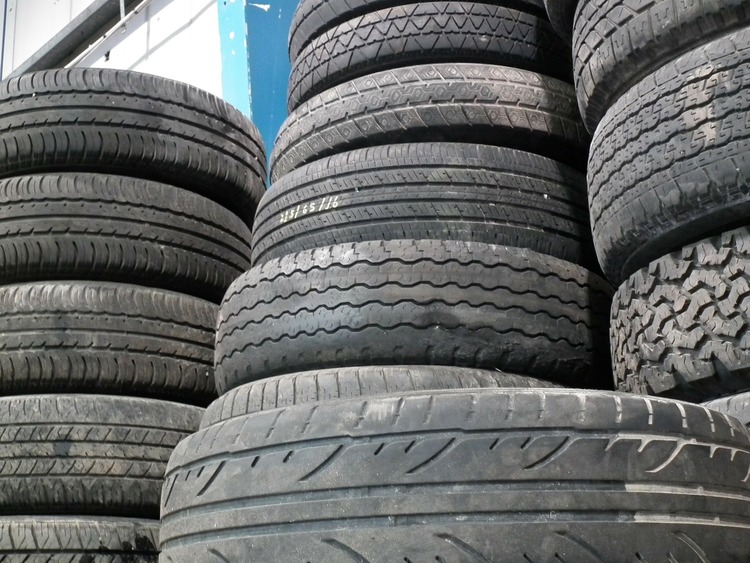 (Photo Credit: Pixabay)
(Photo Credit: Pixabay)
There are three possible tyre tread patterns—symmetrical, directional and asymmetrical.
Symmetrical is the most common type— narrow treads arranged in a wave pattern. These tyres are best for a quiet performance, but perform less well in the rain, as the design is not suited for water dispersion.
For top rain performance, you will need a directional tread—treads in a wide V-shape, designed to rotate only in one direction. Because of the wider design, these tires are better at dispersing water and road grip. However, this design also makes them much noisier as compared to symmetrical tyres, which can be irritating while driving.
An asymmetrical tread can help with both concerns—these treads are designed with half the surface suited for rain and the other half for noise reduction, so you can have the best of both worlds. They do tend to be more expensive, so it's up to you whether the extra cost is worth it.
The right tread pattern for you depends on your driving needs and habits—do you need a tyre for good wet weather performance or a quiet drive?
6. Tyre Age
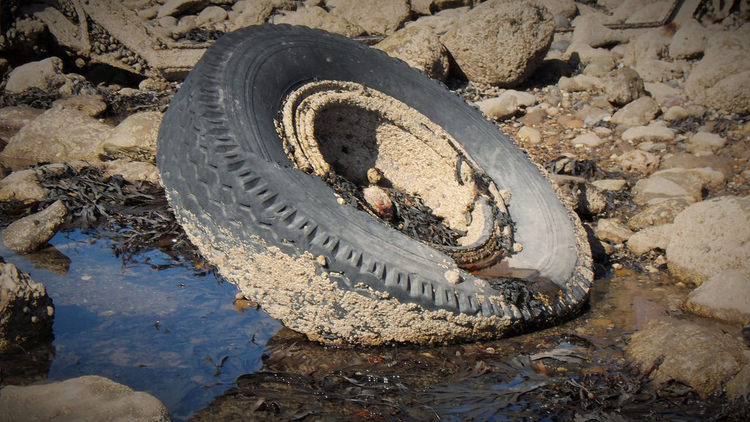 (Photo Credit: Flickr)
(Photo Credit: Flickr)
Tyres do not have to be on the road to deteriorate—even when stored, the rubber can soften over time. To be on the safe side, do not get tyres that are more than 6 years old. The manufacturing date can be found in the last four digits of the DOT code on the sidewall. For example, "3210" would mean the tyre was manufactured in the 32th week of 2010. Check your manufacturing dates to make sure you're buying safe tyres!
7. Manufacturer's Warranty
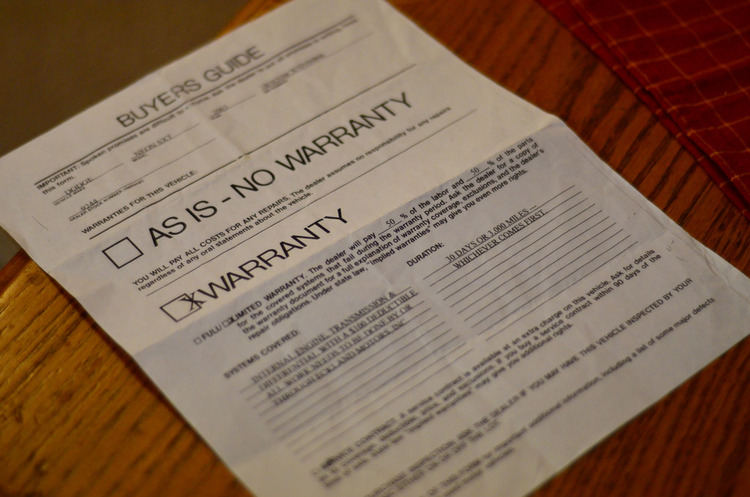 (Photo Credit: Flickr)
(Photo Credit: Flickr)
Manufacturers normally offer a warranty for their tyres. But the warranty on tyres can be quite limited—there's often a long list of damages that aren't covered. Different manufacturers also offer different time periods for their warranty. While choosing your tyre brand, take a look at the warranty as well, so you can choose a brand that provides good coverage for you.
Super App for
Vehicle Owners
Read more: mReview: TireCare is a Permanent, Quick Fix Solution to Punctured Tyres
Want to win a year's worth of free petrol and other attractive prizes? Download the Motorist App now and take part in our daily Shake & Win contest. Simply create an account, register a vehicle, and shake your phone at 12pm sharp daily. Over $100,000 worth of daily prizes are up for grabs, including petrol vouchers, car accessories, car care products, and free luxury car rentals!

